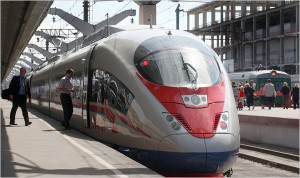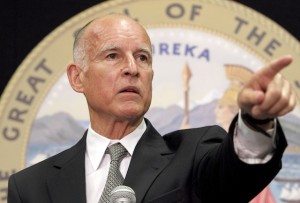Why Are We Still Arguing Over High-Speed Trains?
In the summer of 2011, I spent just over a month on an extended rail journey that included London, Berlin, St. Petersburg, Moscow, several cities in Siberia and Mongolia, Beijing and finally Shanghai.
That itinerary included several high-speed trains. The first was the Eurostar between London and Brussels, where I connected with an intercity train en route to Berlin.
Next, I had a taste of the new Russian high-speed train running between Moscow and St. Petersburg (above). And, finally, I rode the new Chinese high-speed train from Beijing to Shanghai.
Aside from marveling at the modern design and, of course, the speed of these trains, the other overriding impression is how popular they are. All of those trains run frequently and all three of the high-speed trains I rode were full of passengers or close to it.
There are many compelling arguments in favor of high-speed trains, but the most obvious and most convincing – to me, anyway – is the simple and indisputable fact that high-speed trains are the preferred mode of travel in dozens of countries around the world … by far.
Japan has had the so-called bullet trains for 40 years and the TGV system in France is the gold standard national rail system for the rest of the world. Spain has linked most of its major cities with high-speed rail lines and done it in just a few years. They’re even building a high-speed rail line in Uzbekistan, for heaven’s sake!
But here in the US, we’re still defending high-speed rail against a furious opposition who’s best and certainly most frequent argument seems to be “It’s just another damn government boondoggle!”
So let’s raise our glasses to Governor Jerry Brown of California, who has bet his political legacy on determined and unwavering support of his state’s high-speed rail project. He’s right and he knows it. We can only wish that other political “leaders” around the country had the courage of Jerry Brown’s convictions.






